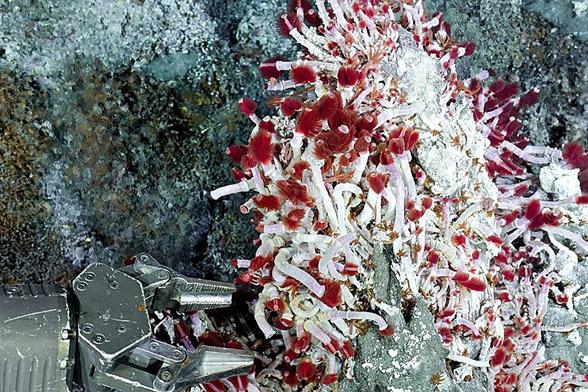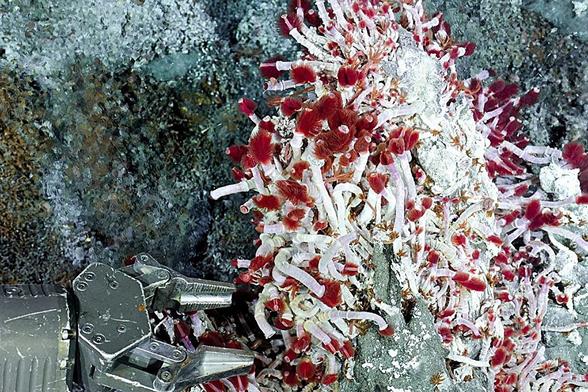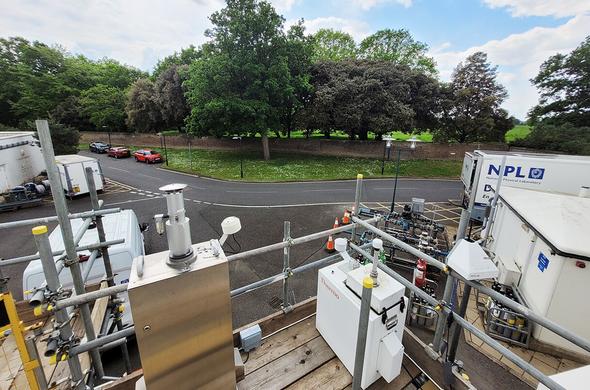AAAS: "Air pollution sensors can double as biodiversity monitors." Study demonstrates an inexpensive way to sniff out species from 'environmental' or eDNA snagged in air filters. “We are starting to see [that] eDNA is left everywhere,” says Kristine Bohmann, a molecular ecologist at the University of Copenhagen. 'Larger animals slough off DNA in skin, scales, and feathers, and researchers have also detected eDNA from mussels, sponges, dung beetles, spiderwebs, and even carnivorous plants, on land and in water.' Bohman + other research teams have also shown they can find DNA from plants, insects + mammals. "Samples included DNA from threatened species such as hedgehogs and songbirds; ash, linden, and oak trees; and crops such as wheat and cabbage." If old filters are kept dry, the DNA is stable. Per Stenberg, a geneticist at Umeå University 'examined DNA from 30 years’ worth of archived air filters, removed weekly from sensors set up to detect radioactive fallout from nuclear explosions across Sweden.' In theory, documentation of biodiversity could prompt greater efforts to maintain it. Lots of intriguing possibilities. Some a bit worrisome. #dnasequencing #monitoringsystem #biodiversity




